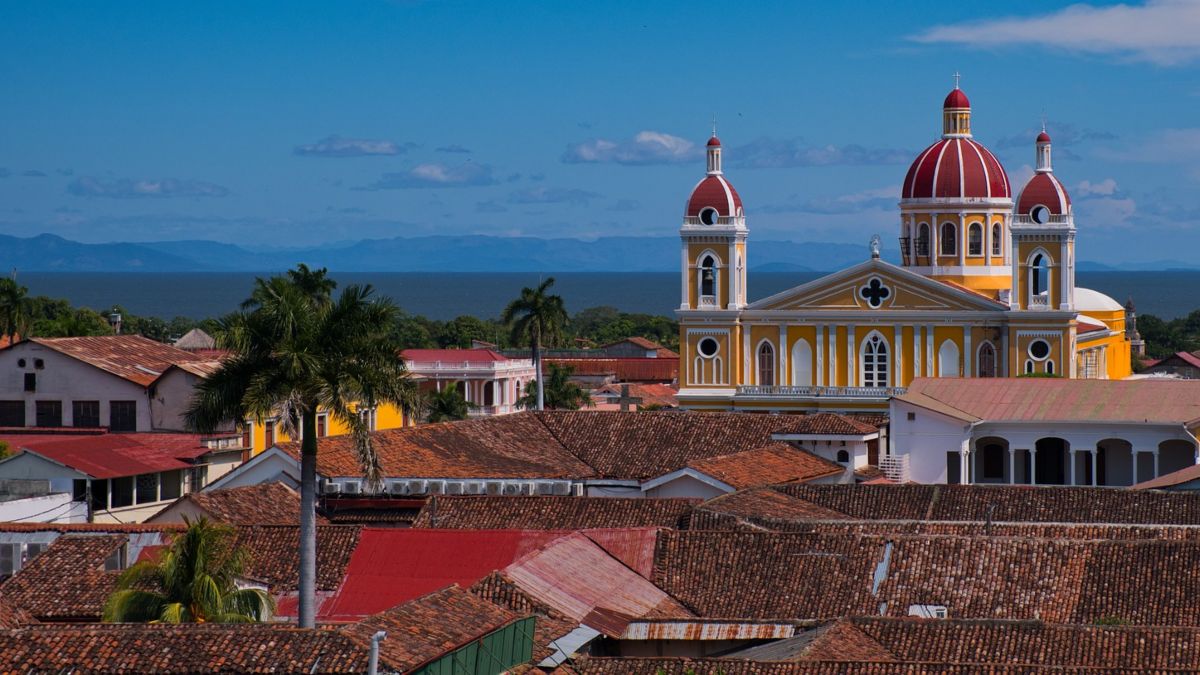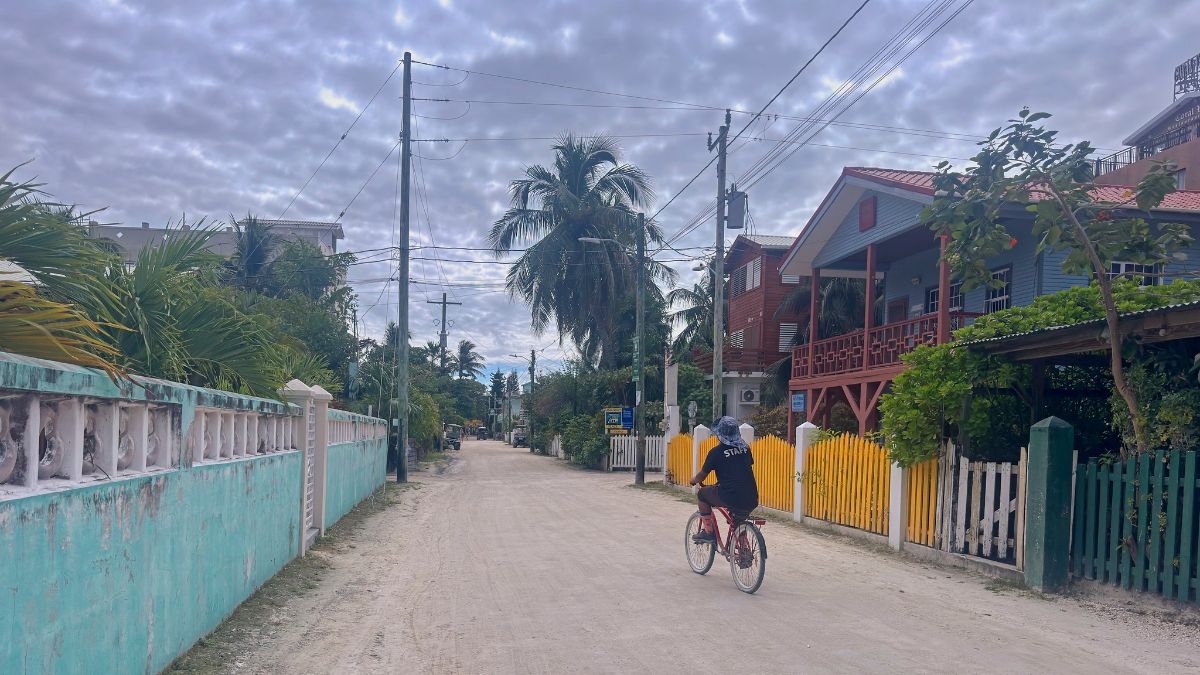Think Cinco de Mayo is celebrated throughout Latin America? Think again! While Americans enjoy tacos and tequila today, Central Americans barely notice the date…
When you hear “Cinco de Mayo,” images of margaritas, mariachi bands, and fiestas might come to mind. In the United States, May 5th is often celebrated as a tribute to Mexican culture, with parades and parties galore. But the thing is, though, many in the States seem to think that Mexican culture is the same as Latin culture or Central American culture, like it’s all one big thing. At least it sometimes feels that way when you look at social media.
So if you’re expecting Cinco del Mayo festivities in Central America, you’re in for a surprise: the day is barely a blip on the region’s cultural radar. So, why isn’t this date a big deal in countries like Guatemala, Costa Rica, or Honduras? Let’s look into the history, cultural context, and what Central Americans celebrate instead.
The Roots of Cinco de Mayo: A Mexican Milestone
Cinco de Mayo commemorates the Mexican army’s victory at the Battle of Puebla over French forces on May 5, 1862, led by General Ignacio Zaragoza. It’s a point of national pride in Mexico, particularly in Puebla, where the battle occurred. Here, and in nearby Veracruz, the day is a full holiday, with no work or school, and celebrations include parades, historical reenactments, and cultural festivals. Public schools across Mexico close on May 5, but businesses and government offices generally remain open, as it’s not a nationwide federal statutory holiday.
Outside Puebla, Cinco de Mayo’s observance in Mexico is minimal. It pales in comparison to Mexican Independence Day on September 16, the country’s primary patriotic holiday. For most Mexicans, May 5 is really just another day, with no major festivities or cultural weight. The day’s prominence in the United States has led to a misconception that it’s a major event across Mexico and Latin America.
Why Central America Skips the Fiesta
In Central America, Cinco de Mayo isn’t just quiet; it’s pretty much nonexistent. Countries like Guatemala, Costa Rica, and Honduras have no cultural or historical tie to the holiday. Here’s why it never caught on:
- Separate Histories: The Battle of Puebla was a Mexican event, irrelevant to Central America. In the 19th century, Central American countries focused on their own independence from Spain or regional struggles. Their key holidays, like Independence Day on September 15 for five of these countries (Costa Rica, El Salvador, Guatemala, and Honduras), September 21 Belize Independence, and Panama’s Més de Patria in November all feature parades and ceremonies, and all carry far more local weight.
- Local Culture Takes Priority: Outside of the independence celebrations, Central America also has its own traditions. Guatemala’s kite festivals and Belize’s Garifuna Settlement Day are immediate examples that overshadow any foreign holiday. The gringo-driven commercialization of Cinco de Mayo, often leaning on stereotypes, finds no appeal here.
- Limited Mexican Influence: Though Mexico shares language and some history with Central America, its cultural impact is less significant than expected. Each Central American nation has a distinct identity, with holidays reflecting their unique heritage.
- Busy Calendars: Central America’s holiday schedule is already packed with religious, national, and local events. Semana Santa and patron saint festivals dominate, leaving little space for a Mexican holiday with no regional connection.
The Bottom Line
Cinco de Mayo’s outsized presence in the U.S. owes more to marketing than history. While it’s true that the holiday began with the Battle of Puebla victory and that Mexican-American communities celebrate it as a symbol of resistance and civil rights, it’s also true that the modern day party atmosphere is much more recent thing. That took shape in the 1980s when drink companies launched aggressive ad campaigns to promote Cinco de Mayo as a festive occasion to boost sales of Mexican beer and tequila.
Like St. Patrick’s Day with the Irish, this marketing push often eclipses the holiday’s historical roots, creating a false impression that it’s a major event across Latin America, including Central America. Central Americans in the U.S. might join celebrations for community connection, but this reflects diaspora culture, not traditions from their home countries.
Bottom line is that in Latin America, Cinco de Mayo’s relevance is limited to parts of Mexico, and certainly not Central America. The region’s own heroes, histories, and holidays hold far greater meaning. If you’re down here in Central America, you may find taco deals or whatever in some Mexican restaurants in tourist areas, but that’s about it. Maybe a bar in a tourist area might offer deals on Coronas or something. Maybe not. Instead, ask locals about their favorite celebrations instead, and you’ll discover some genuine events in the region. With all that said, if you are celebrating Cinco de Mayo today, have a good one!




